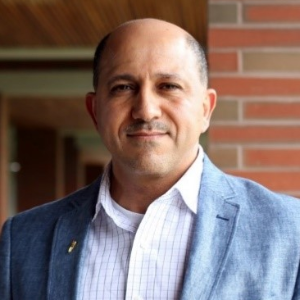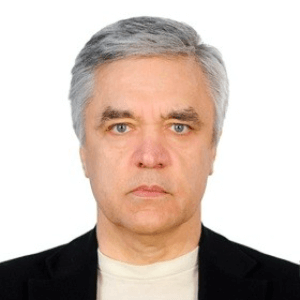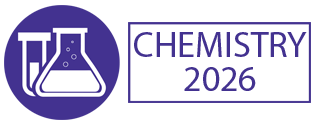X-ray Fluorescence Spectroscopy (XRF)
X-ray Fluorescence Spectroscopy (XRF) is an analytical technique used for qualitative and quantitative elemental analysis of materials. It works by irradiating a sample with high-energy X-rays, which excite inner-shell electrons in the atoms of the sample. When these electrons transition back to lower energy levels, they emit characteristic X-ray fluorescence radiation. The energy and intensity of the emitted X-rays are unique to each element, allowing for elemental identification and quantification. XRF is widely used in various fields including metallurgy, geology, environmental science, archaeology, and forensics. It can analyze solids, liquids, and powdered samples with minimal sample preparation. XRF instruments come in two main types: energy dispersive XRF (EDXRF) and wavelength dispersive XRF (WDXRF), each offering different advantages in terms of resolution, sensitivity, and elemental range. EDXRF instruments are more commonly used due to their simplicity and portability, while WDXRF instruments provide higher resolution and precision. XRF analysis provides rapid and non-destructive elemental profiling, enabling quick assessment of sample composition and quality control in industries such as mining, manufacturing, and environmental monitoring. Despite its versatility, XRF may have limitations in detecting elements with low atomic numbers or overlapping X-ray emission lines. However, advancements in instrumentation and data analysis techniques continue to enhance the capabilities and accuracy of XRF spectroscopy.

Hossam A Gabbar
Ontario Tech University, Canada
Victor John Law
University College Dublin, Ireland
Alexander Bagaturyants
National Research Nuclear University MEPhI, Russian Federation
Sergey Suchkov
N.D. Zelinskii Institute for Organic Chemistry of the Russian Academy of Sciences, Russian Federation
Shree Niwas Chaturvedi
Centre for Aptitude Analysis and Talent Search, India
Pieter Samyn
SIRRIS, Belgium




Title : Advances in plasma-based radioactive waste treatment
Hossam A Gabbar, Ontario Tech University, Canada
Title : Unraveling the ultrastructure and functions of the neuronal membrane skeleton using super-resolution fluorescence microscopy
Zhou Ruobo, Djillali Liabes University of Sidi Bel Abbes, Algeria
Title : Solar box cooker dehydration, and relative humidity endpoint detection, of lamiaceae culinary leaves on the island of Crete
Victor John Law, University College Dublin, Ireland
Title : Nutrient and heavy metal loads from the Ribeiras to Coastal zones: A land-ocean continuum perspective in Madeira Island
Aracelis Del Carmen Narayan Rajnauth, University of Porto, Portugal
Title : Prospective polyoxometalate-based covalent organic framework heterogeneous catalysts
Arash Ebrahimi, Comenius University Bratislava, Slovenia
Title : Eliminating implant failure in humans with nano chemistry: 30,000 cases and counting
Thomas J Webster, Brown University, United States